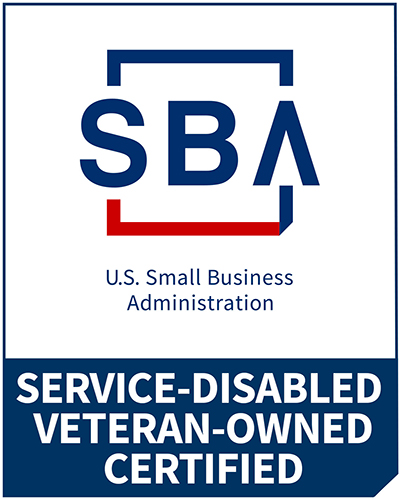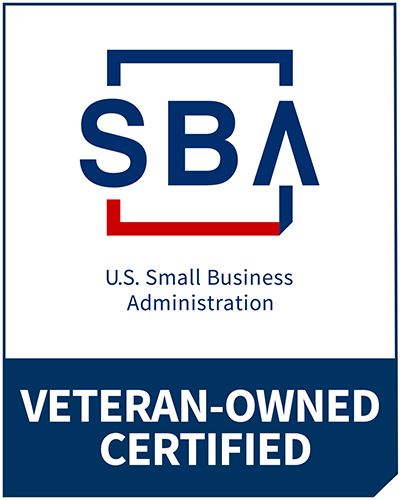When Neil Armstrong’s foot dropped off the last step of the lunar module and onto the surface of the moon, he coined the famous phrase that his one small step was a giant leap for mankind. A single footstep had advanced human achievement. In the same way, any one person involved in your entire enterprise can move it forward exponentially. This post is about identifying those individuals and choosing the right steps.
A whole team of unseen people stood behind Armstrong. Besides his family and friends, Armstrong relied on a close partnership with colleagues at NASA. That NASA A-team, in turn, was building on the expertise and achievements of many others who preceded them. Armstrong stood on the shoulders of giants long before he took his one small step. The key is getting to the small steps in your organization—those instances that are, indeed, watershed moments of success—in the only way possible: by creating teams of giants.
Around the world, our organizations have become more networked. Our macro and micro challenges are ever more complicated, and our technologies are constantly advancing. The expertise of each individual is even more critical for shared knowledge and the innovative exchange of ideas.
We are choosing to experience each other in radically new ways. Our collective work in particular conjures up our ability to imagine context. As work grows more networked (or, in some industries, more “virtual”), our creative bonds are adapting to technology. Or rather, technology is leaving its imprint on our teams and on us as individuals. This shift offers an important opportunity, a new juncture where businesses can choose to build success from the individual up.
For example, it was always true that any individual might need to lead a group effort occasionally. In a bricks-and-mortar setting, every individual still finds him- or herself called upon to lead from time to time. This is not the same as the more visible, formally assigned role of leader. It is common for leadership to be informal and fleeting; people rise to meet the unexpected challenge and then resume business as usual. What defines the success of formal leaders is how well they empower everybody else to rise to the occasion. Are people around you ready and poised to apply their knowledge and abilities to forge a solution and achieve great things at a moment’s notice?
One person, one action has organization-wide value. This was true when the classic total systems thinkers were leading business into a new era of global competition, and it is truer now. The first step to unleashing the potential of individuals to improve your total organization is to get some concept of your enterprise as a working system, a total system.
When you see how one person can have organizational impact and how one task can have enterprise-wide impact, you can start to turn the formula around. Whenever you face a large-scale problem, you can begin by looking for changes that will solve many problems (or seize many opportunities) across the whole organization. That’s why it’s important to remember the special value of the human element in total systems. The human level is where continuous improvement occurs in organizations. Your role as a leader is to draw on each person’s fluency in one or two areas of a total system in order to improve the whole.
Consider suppliers. Their performance has profound impact on enterprise success. Their first-hand experience of your organization’s work effectiveness can provide feedback that moves from the point of contact all the way to affecting choices in product design or directions in service expertise. Suppliers are particularly central as strategic partners—and sources of market information. These key partners can actually bring their expertise to bear and create solutions to support success, if you take the time to explain to them your business needs and goals. This is total systems thinking in action. Have you talked with and listened to your key suppliers lately?
Customers are another great source for ideas to improve your products or services. Do you have a sufficient dialogue in place to discover ideas from customers’ unique vantage point? The same goes for your employees and contractors. Add to these the other stakeholders and people who interact with your organization in any way, from investors and media to the community-service groups with whom your staff may volunteer.
Each of these individuals has something to say worth hearing. They offer a comprehensive image of your total system at work. Here is where the quality of our leadership is tested, even reworked. To begin, are you able to listen with an open mind to all ideas as you make it everybody’s business to help you take your enterprise to the next level of performance and success?



